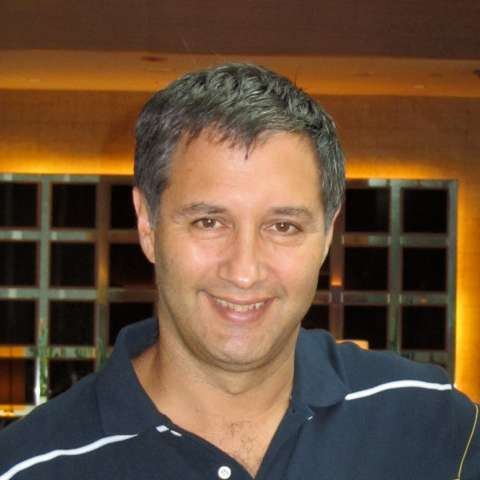For some operagoers – in years gone by, dare I say it, for many – the epitome of opera is rich, stirring music matched to a big, opulent, glamorous production. The music doesn’t come much richer and more stirring than Puccini’s last opera Turandot, and productions don’t come much more lavish and flamboyant than Franco Zeffirelli’s 1980s staging, still going today and filmed here in 2009, with a youthful Andris Nelsons conducting.
It’s not hard to see why Zeffirelli’s staging has had such success and longevity. There is plenty of brightness and glitter in the orientalist sets and costumes, but that’s just one component of a visual feast. Chiang Ching’s choreography and everyone’s movement around stage are dazzlingly complex and superbly executed, with the chorus forming into shifting seas of people amidst impressive architectural effects. Spare a thought for Ping, Pang and Pong: these parts are not usually the most important, but Zeffirelli has given them a bewildering series of costume changes and made them the choreographic heart of several scenes: it’s almost like watching ballet.
Of course, Turandot is the opera of “Nessun dorma”, which, thanks to Pavarotti is now probably the most recognisable aria in all opera. Marcello Giordani may not be quite up to the great Luciano, but his rendering is thoroughly creditable. It’s somewhat at the expense of his performance earlier on: he’s clearly saving himself for this headline moment, and he admits in the interval chat that he wishes the big aria came earlier in the opera.
The title role is a difficult one, since the character of Turandot is a figure of hate (for everyone, that is, except prince Calàf) for all but the last few minutes of the opera. Maria Guleghina plays the villain well and sings well without ever pulling off the difficult task of persuading you that she is a princess with whom one might fall suddenly and desperately in love. The role of the slave girl Liù is easier, but even taking that into account, Marina Poplavskaya turns in a show-stealing performance, honey-toned, hitting every note in the middle, emotional and totally convincing in a way that no-one else quite manages. As Timur, Samuel Ramey may have been in the sunset of his career in 2009, but it’s still a pleasure to hear one of the great operatic basses. The Met’s chorus are in exceptional voice.


